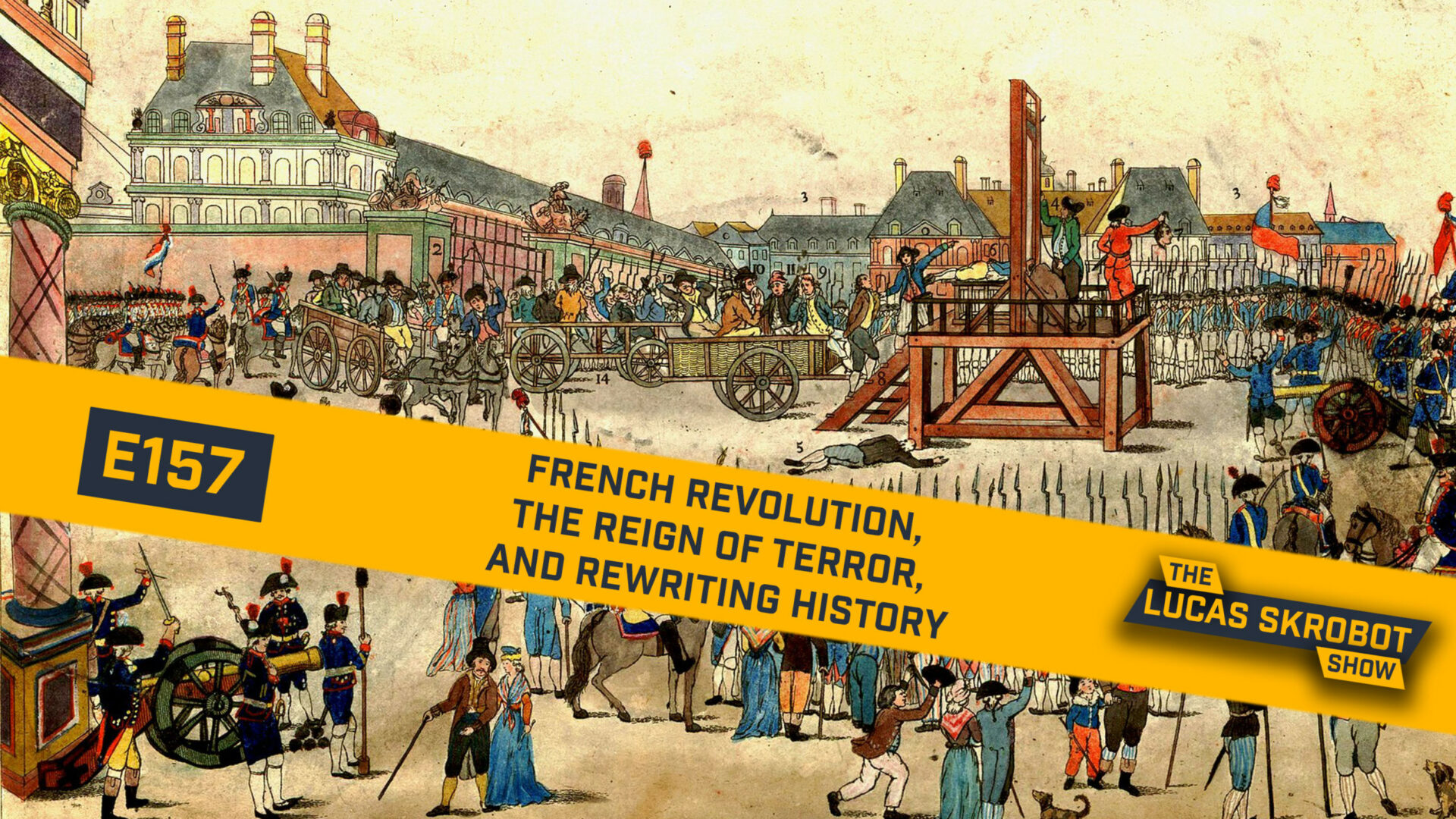Since the suppression of tithes and the seizure of ecclesiastical property deprived the church of its revenue, the National Assembly agreed to finance ecclesiastical salaries. The new arrangement made the French church subject to constant government regulation.
Few difficulties arose from the Assembly’s prohibition of monastic vows or from the liquidation of some monasteries and convents, since many of these establishments were already far gone in decay, but an uproar arose over legislation altering the status of the secular clergy.
The Civil Constitution of the Clergy (June 1790) redrew the ecclesiastical map of France. It reduced the number of bishoprics by more than a third, making the remaining dioceses correspond to new civil administrative units. It transformed bishops and priests into civil officials, paid by the state and elected by the population of the diocese or parish. A new bishop was required to take an oath of loyalty to the state.
These provisions ran counter to the tradition of the Roman church as an independent ecclesiastical monarchy. Naturally the pope denounced the Civil Constitution. When the National Assembly then required that every member of the French clergy take a special oath supporting the Civil Constitution, only a few bishops and fewer than half the priests complied.
Thus a breach was opened between the leaders of the Revolution and a large segment of the population. From Louis XVI down to humble peasants, Catholics rallied to the nonjuring clergy, as those who refused the special oath were termed. The Civil Constitution of the Clergy was thus the first great blunder of the Revolution.

